“Obwohl in der U.S.. mehren sich die Gespräche über personalisierte Lern, digitales Lernen, tiefer Lernen und gleichermaßen, die vorherrschende Content Delivery-Mechanismus in den meisten Schulen bleibt die traditionelle, 20Lernansatz Jahrhundert. Die Tutorial-Netzwerke geben uns die Möglichkeit, das Gespräch über das, was Strategien verfolgen Schüler in den Lernprozess zu starten.” – Helen Janc Malone
What happens when you place the child back at the heart of learning?
This simple philosophy was used to launch an experiment with the goal of improving eight poor rural Mexican public schools. Seit 2009, the tutorial networks (as the grassroots initiative was called) have been leading a country-wide school improvement effort in 9000 schools with the lowest academic achievement on the national standard test. Heute in Teil 4 von “Bildung ist mein Recht,” we will explore what education reformers can learn from this unique and innovative strategy which has attained such positive results that it is now being supported by educators and policymakers in Mexico’s highly centralized system of public school education.
It is my pleasure to welcome to The Global Search For Education, Gabriel House, the founder of Mexico City-based Convivencia Educativa (Educational Coexistence) A.C. and Redes de Tutoría S.C. (Mentoring Networks). I also asked Helen Janc Malone, author of Leading Educational Change: Globale Fragen, Herausforderungen, und Lektionen auf dem gesamten System Reform, which features Gabriel’s work, zu wiegen. Helen is the Director of Institutional Advancement at the Institute for Educational Leadership in Washington, DC.
Advertisement
“Tutoring what one learns, and has shown to have mastered, becomes the occasion to learn in depth and to create a convivial community in the group.” – Gabriel House
Gabriel, please summarize the goals of the tutorial networks.
Tutorial networks in public schools are a means to obviate a major distortion imposed on learners by the predominant culture that determines the themes that teachers and students should learn, and the times within which they should be mastered. Instead of allowing the free encounter of interested learners with a competent mentor, standard practices in classrooms force impersonal recitations of content to generally passive audiences. The known effect is not only lack of interest in the particular subject being presented, but the missed opportunity to practice learning academic subjects in earnest, with commitment, visible results and satisfaction – the foundations of the enduring ability to learn by oneself. Im Gegensatz zur allgemeinen Praxis, Tutorial Beziehungen in einem Klassenzimmer zu erleichtern die Anpassung von dem, was von Interesse für jeden Schüler mit dem, was ist in des Mentors Repertoire. Die unmittelbare Einspruch, vom herkömmlichen perspektivische, ist, es wäre fast unmöglich für einen Lehrer, um das Interesse eines jeden Schülers in einer großen Gruppe entsprechen, auch wenn der Lehrer ist kompetent und hilfsbereit. Tutorial Netzwerke lenken den Einspruch, wie alle Mitglieder in der Gruppe lernen voneinander. Tutoring what one learns, and has shown to have mastered, becomes the occasion to learn in depth and to create a convivial community in the group.
Tutorial networks were first started at the margins of a public school system, where chronic deficiencies in structure, transient teachers, and regional poverty were invitations to try radical innovations, without disturbing the rest of the schools. As regular classrooms turned into learning communities and students became capable of mentoring what they had mastered, opportunities to learn multiplied: students moved eagerly to neighboring schools to share what they knew with fellow students, and in turn, these students and their teachers created new learning communities. Dann, authorities changed from allowing a radical experiment in almost lost cases to promoting tutorial networks to improve learning in low performing, though better served schools. This way the transformation began to be seen as a large scale educational change.
Two major factors account for the transformation that already has touched thousands of public schools in Mexico: the acceptance of authorities in charge of the system, Natürlich, but most striking, the inner conversion of teachers and students from passive receptors of external directives to managers of their own learning and active agents of change in neighboring schools. The newly discovered power among ordinary teachers and students, not only to learn, but also to teach, has proved to be the major force to sustain and spread tutorial networks in the school system.
As the basic competency of taking control of one’s own learning becomes regular practice among a growing number of educational actors, the possibilities of a more professional service increase.
“Once the competency of controlling and sharing one’s own learning becomes the basic link in an extended network of advisors, Lehrer, students and even their families, the groundwork of an autonomous profession is laid out.” – Gabriel House
What have been the benefits and what have been the challenges?
The major benefit has accrued to teachers and students who perceive, as never before, the satisfaction of achieving visible, valuable learning. The obvious reason is the perfect match of interest and capacity that obtains in tutorial dialogues when tutor and tutee face a common challenge. Basic to the success also is the equity of the exchange predicated on mutual trust, truth and commitment. Such an exchange invariably leads to completion, always satisfactory in a real sense, never deferred to some vague future, and always open to further intellectual achievements. The evidence of good learning and the fruition of excellence come when the tutee becomes a tutor to fellow students, to family members and at times even to neighboring teachers and administrators. Exchanges among students of different schools in order to give and receive tutoring become natural, even necessary to demonstrate competency, increase common knowledge and extend the practice.
Once the competency of controlling and sharing one’s own learning becomes the basic link in an extended network of advisors, Lehrer, students and even their families, the groundwork of an autonomous profession is laid out. Training, Lehre, evaluating, managing school chores and administering resources are easily integrated and make possible the rendering of the quality service expected from a public school system.
The new relationships that started at the learning core create stronger social relationships within the school system, and in a very real sense democratize the institution, since the newly discovered power of every learner commands the process.
The challenge to the continuing expansion of tutorial networks, wie immer, is the ingrained habit of following tried patterns even if they do not deliver the promised results. It is the satisfactory experience of good results in face to face encounters that causes the inner conversion to learn in depth and enjoy sharing it.
“The fact that these networks have spread from dozens to thousands of schools in a manner of a few years and have been accepted by the educational establishment as a credible improvement approach, speaks to the power and evidence these tutorial structures have demonstrated to their communities and to the public at large. -Helen Janc Malone
Helen, what can we learn from this approach to school reform?
Tutorial networks in Mexico turn school reform on its head. As opposed to hoping educational change trickles down from national or regional policies and external pre-packaged reforms, tutorial networks create change from the grassroots level. The fact that these networks have spread from dozens to thousands of schools in a manner of a few years and have been accepted by the educational establishment as a credible improvement approach, speaks to the power and evidence these tutorial structures have demonstrated to their communities and to the public at large.
What is unique and innovative about the tutorial networks is that they put the learner and the process of learning at the center of the education endeavor, and focus on tutorial relationships as a driver for democratic, equitable learning environment, absent of traditional, grade-level, standardized, rigid structures that often disengage students. Taking agency for instructional delivery and ownership of learning is empowering and motivating for both the tutors and the tutees. There is a great sense of pride that comes from receiving personalized learning, mastering content and sharing that knowledge with peers. An added advantage of such a strategy has been the excitement that spreads beyond the school walls and spills out into the community, where families again begin to see schools as centers for learning and development. This is particularly evident where tutorial networks have been able to positively transform rural, high-poverty, low-performing schools.
Obwohl in der U.S.. mehren sich die Gespräche über personalisierte Lern, digitales Lernen, tiefer Lernen und gleichermaßen, die vorherrschende Content Delivery-Mechanismus in den meisten Schulen bleibt die traditionelle, 20Lernansatz Jahrhundert. The tutorial networks give us an opportunity to start the conversation about what strategies engage students in the process of learning.
Helen Janc Malone, C.M. Rubin, Gabriel House
All Photos are courtesy of Jessica Trujano.
For more information see Leading Educational Change: Globale Fragen, Herausforderungen, und Lektionen auf dem gesamten System Reform (Teachers College Press, 2013): http://store.tcpress.com/0807754730.shtml

In der globalen Suche nach Bildung, mit mir und weltweit renommierten Vordenkern wie Sir Michael Barber (Vereinigtes Königreich), DR. Michael Block (US-), DR. Leon Botstein (US-), Professor Ton Christensen (US-), DR. Linda Hammond-Liebling (US-), DR. Madhav Chavan (Indien), Professor Michael Fullan (Kanada), Professor Howard Gardner (US-), Professor Andy Hargreaves (US-), Professor Yvonne Hellman (Niederlande), Professor Kristin Helstad (Norwegen), Jean Hendrickson (US-), Professor Rose Hipkins (Neuseeland), Professor Cornelia Hoogland (Kanada), Herr Jeff Johnson (Kanada), Frau. Chantal Kaufmann (Belgien), DR. Eija Kauppinen (Finnland), Staatssekretär Tapio Kosunen (Finnland), Professor Dominique Lafontaine (Belgien), Professor Hugh Lauder (Vereinigtes Königreich), Professor Ben Levin (Kanada), Herr Ken Macdonald (Vereinigtes Königreich), Professor Barry McGaw (Australien), Shiv Nadar (Indien), Professor R. Natarajan (Indien), DR. PAK NG (Singapur), DR. Denise Papst (US), Sridhar Rajagopalan (Indien), DR. Diane Ravitch (US-), Richard Wilson Riley (US-), Sir Ken Robinson (Vereinigtes Königreich), Professor Pasi Sahlberg (Finnland), Professor Manabu Sato (Japan), Andreas Schleicher (PISA, OECD), DR. Anthony Seldon (Vereinigtes Königreich), DR. David Shaffer (US-), DR. Kirsten Sivesind (Norwegen), Kanzler Stephen Spahn (US-), Yves Theze (Lycee Francais US-), Professor Charles Ungerleider (Kanada), Professor Tony Wagner (US-), Sir David Watson (Vereinigtes Königreich), Professor Dylan Wiliam (Vereinigtes Königreich), DR. Mark Wormald (Vereinigtes Königreich), Professor Theo Wubbels (Niederlande), Professor Michael Young (Vereinigtes Königreich), und Professor Zhang Minxuan (China) wie sie das große Bild Bildung Fragen, die alle Nationen heute konfrontiert erkunden.
Die Global Search for Education Community-Seite
C. M. Rubin ist der Autor von zwei weit Lese Online-Serie für den sie eine 2011 Upton Sinclair Auszeichnung, “Die globale Suche nach Bildung” und “Wie werden wir gelesen?” Sie ist auch der Autor von drei Bestseller-Bücher, Inklusive The Real Alice im Wunderland.
Folgen Sie C. M. Rubin auf Twitter: www.twitter.com/@cmrubinworld

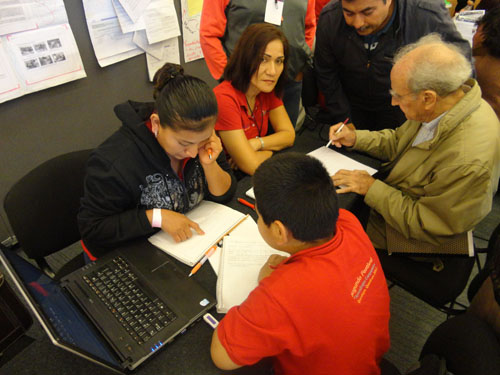
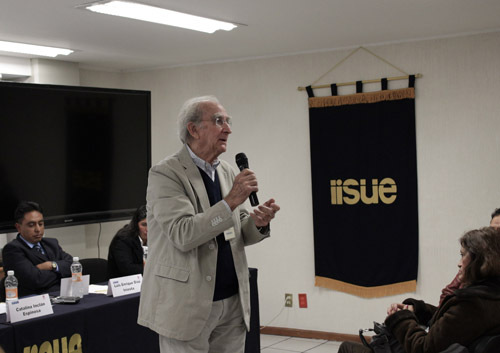
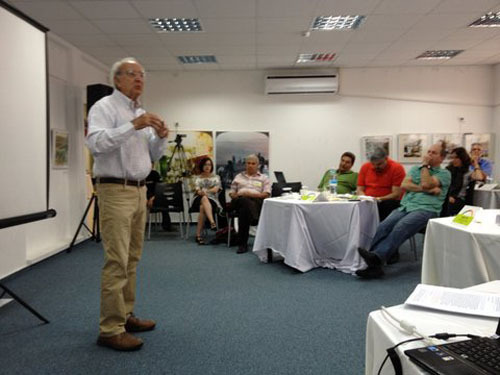
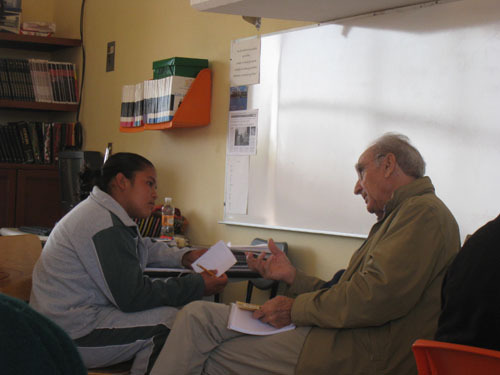

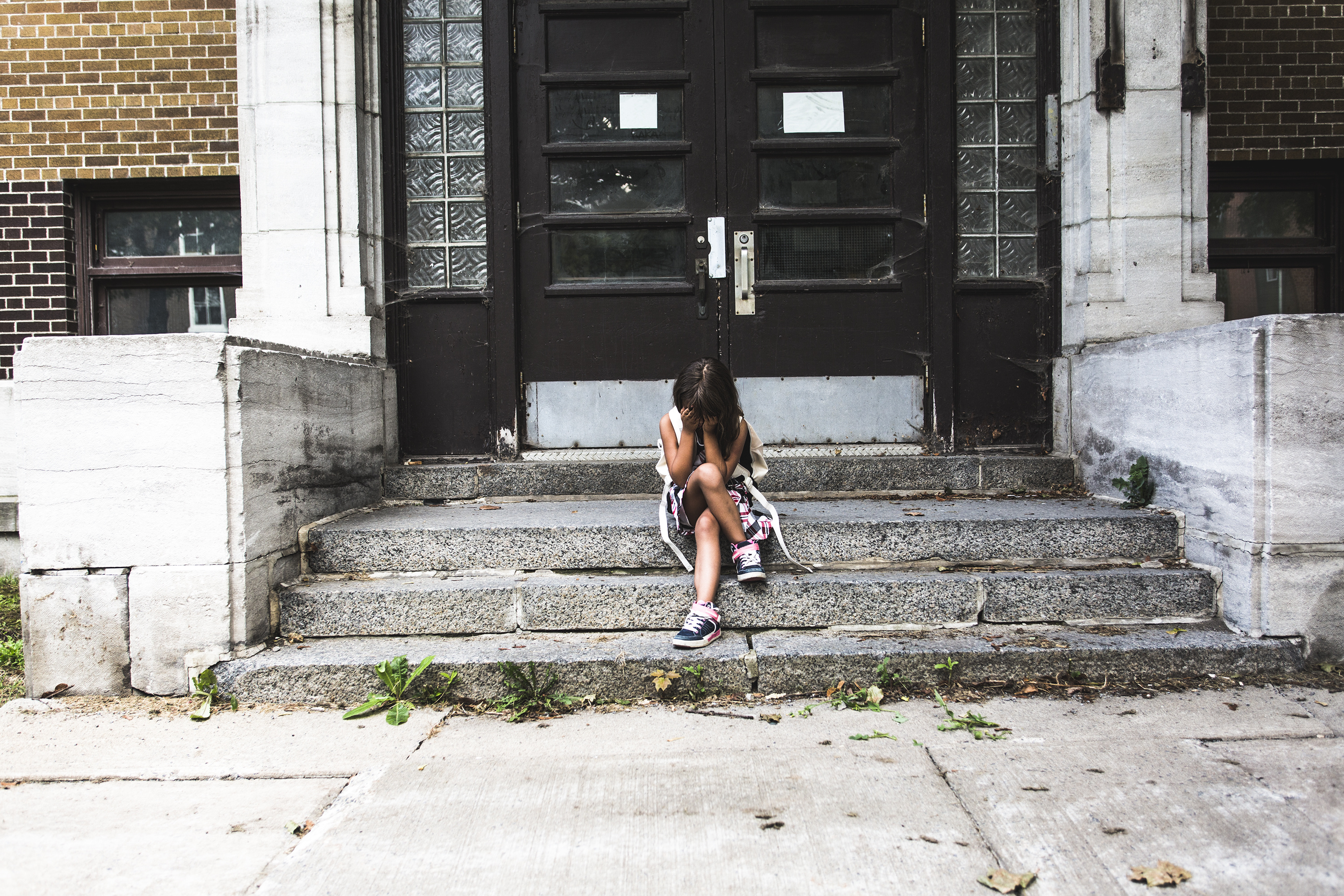

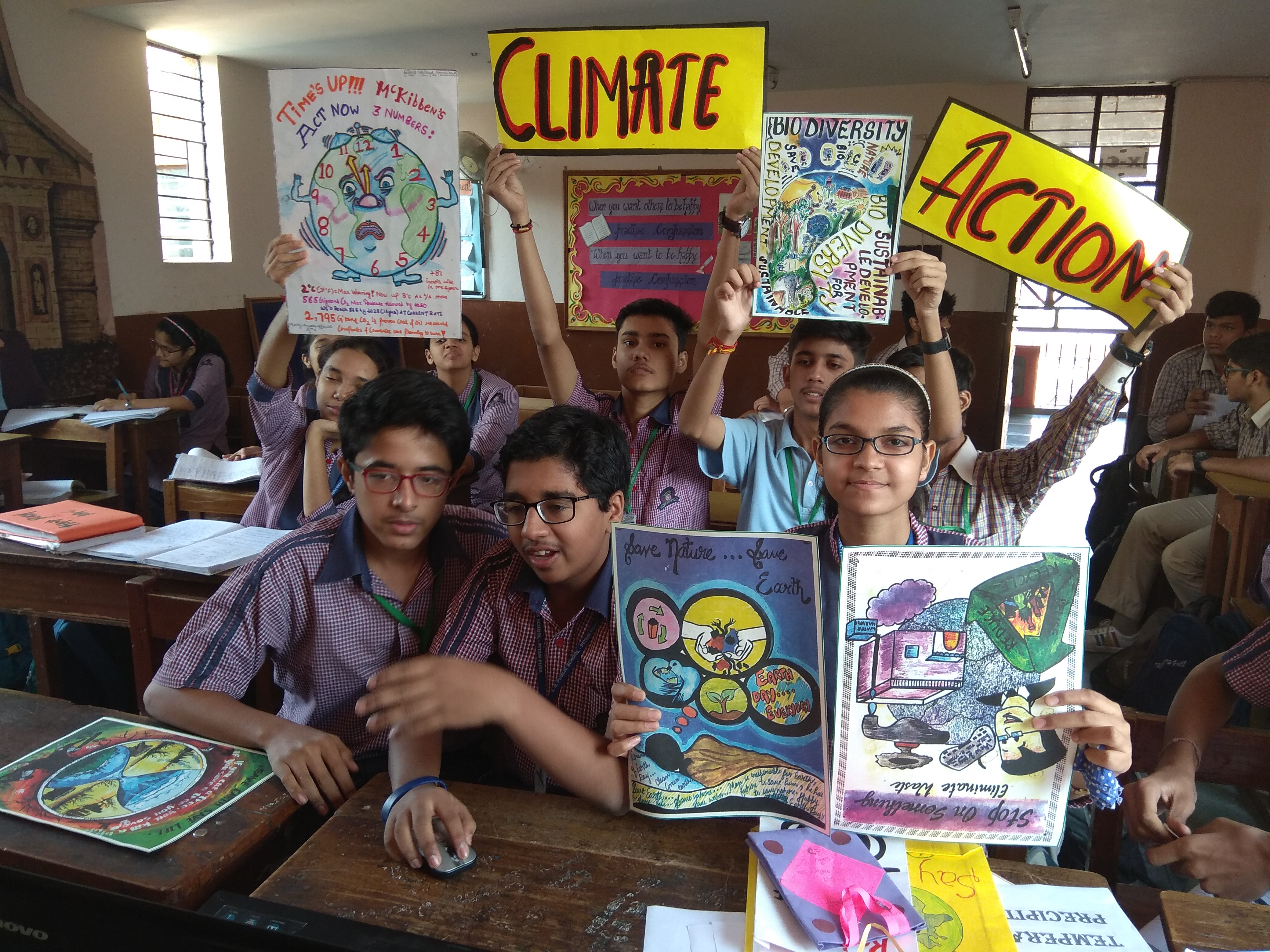
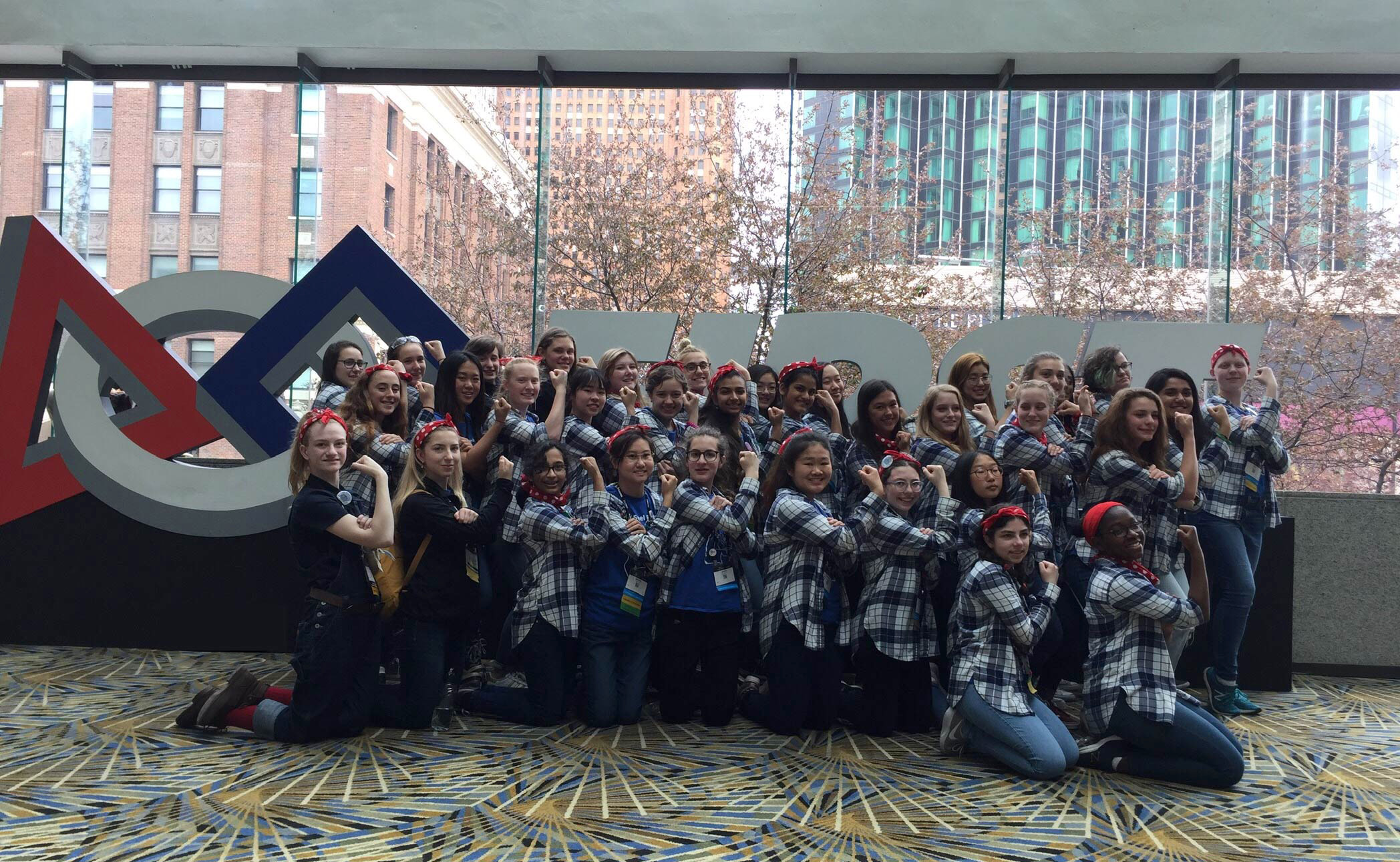
Jüngste Kommentare